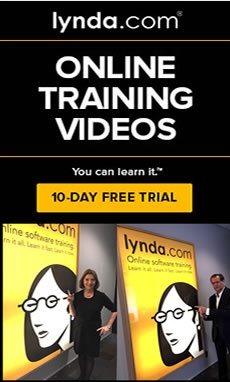In the past few years, social employee advocacy has grown from buzzword to best practice. And while the business world has scrambled to catch up, the concept and value of social engagement have often been misunderstood, oversimplified, or haphazardly implemented.
Despite this, emerging data all point to a fundamental truth: Social employee advocacy works—and its benefits extend to both brand and employee.
So how exactly does employee advocacy work, and what do brands need to do to build a thriving social program within their own organization? In LinkedIn’s latest e-book, The Official Guide to Employee Advocacy, the social giant answers these questions and more, demonstrating not only the ins and outs of social engagement, but also how platforms like Elevate can turbocharge any organization’s social efforts. Here are five big takeaways from the book:
#1: Decide What Employee Advocacy Means to You
Social employee advocacy is not one-size-fits-all. This is good news, because it means that rather than trying to force your brand to fit some predetermined mold of “correct” social engagement, your brand has the opportunity to align its social strategy with its mission, vision, and values. Using examples from Visa, CEB, PTC, CH2M, and Unilever, LinkedIn’s e-book shows how different companies have charted their own social employee advocacy course by defining their goals and targeting specific social employee behaviors.
#2: Social Sharing Is About Removing Boundaries
In the age of social business, marketing is everyone’s job. However, the emergence of social employee advocacy raises important questions. How often should employees engage on social media? How often should they share content—and should they be responsible for producing their own? We get it: Your employees have plenty of work to do already. Not everyone needs to be a content producer, nor should they be engaging 24/7. But everyone can do something. In order to make employee engagement time-effective, remove boundaries. Create a rotating content schedule that doesn’t put undue burden on anyone—or, bringing us to our third takeaway, adopt a platform like Elevate that helps employees curate and share content relevant to their work.
#3: Content, Content, Content
As Lucas Mast, VP Social Corporate Media at Visa, says in LinkedIn’s e-book, “If you can deliver approved company content in a way that’s interesting and engaging, you’re giving people an easy opportunity to share it in a safe way.” Many organizations have refrained from jumping on the social employee bandwagon because they’re afraid of what those employees might share. The solution? Feed your employees the content that you think is valuable. Platforms like Elevate help brands take ownership of their message without tying employees’ hands. Through an internal network, employees receive relevant content throughout the day, but what they choose to share is still up to them. This way, brands get to stay on-message, while employee sharing remains authentic and personalized.
#4: B2B Brands: Your Customers Are Waiting for You
Social engagement isn’t just for B2C brands—and it’s time B2B brands realized that. In their e-book, LinkedIn cites an IDC survey that found something very interesting: 75 percent of B2B buyers use social media to make purchasing decisions—including 84 percent of C-level B2B executives. So how to capitalize on this pivot to social? First, be visible. Find out which social channels your target audience prefers, and build a presence through content, thought leadership, and engagement. Second, be attentive. Engage customers and prospects directly. Learn about them, ask them questions, and determine which solutions will help their business.
#5: Social Employee Advocacy is a Win/Win
At Blue Focus Marketing, we’re big fans of personal branding—and not just what it does for the individual, but also for what it does for their employer. Social employee advocates boost a brand’s signal. Employees have 10 times more connections than a company has followers, and information shared by social employees are three times more likely to be seen as trustworthy than if it was shared by the CEO. Having engaged employees advocating for your brand also boosts recruitment by making your brand more appealing—and it also boosts your employees within the company by making their work more visible. Not only that, but employees who share content on behalf of their company have been found to feel more connected to their brand—a true win/win!
Of course, success in the digital bazaar will only come to the brands brave enough to come in off the sidelines and get in the social game. It’s a brave new world for brands, and there’s a lot to learn. But with The Official Guide to Employee Advocacy as your starting point, your brand will be sure to get its social employee program off on the right foot.













